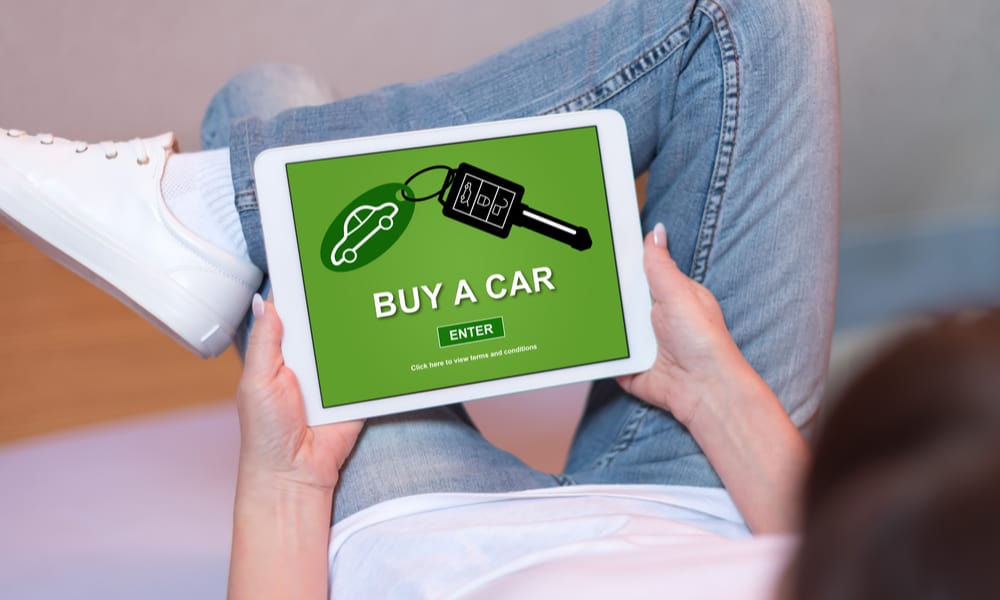Selling a car in Florida isn’t as straightforward as in other cities. There are many rules and regulations to follow. One of which includes paying off all lien before handing the keys to the buyer.
Usually, all cars listed for sale ought to be in good condition. This includes carrying out repairs on faulty parts and replacing broken components. Read on to find out how to sell a car in Florida as well as the laws binding sales of vehicles in the city.
Steps Involved In Selling a Car in Florida
Step 1. Obtain Car Ownership Certificate
Unlike in other states where buyers are allowed to test drive the car, in Florida, you will need to acquire a license plate to do so. To get this plate tag, you will need to provide proof of insurance.
Also, a title is needed to certify ownership of the vehicle. If your ownership certificate is missing, you will have to apply for another from your DMV before putting the vehicle up for sale.
Go through this guide to find out how to replace stolen car title in Florida
Step 2. Advertise In Public
In Florida, it’s against the law to park vehicles intended for sales on public property without the owner’s permission. This implies that you can’t park your car in front of a restaurant, private parking lot or places with high traffic.
Another issue sellers will face in Florida is that the law considers a seller to be a vehicle dealer if he advertises more than one vehicle within the space of 12 months. This means after your first successful car sale; you will need a vehicle license that certifies you as a dealer before you will be allowed to advertise another vehicle.
Hence, considering all the difficulties you face when advertising in Florida, it’s better to display your goods online using services such as Craigslist, Buy-a-trailer and Facebook marketplace. Leveraging these tools, you get serious buyers within a short time frame.
Step 3. Conduct VIN Verification
If the vehicle you intend to put up for sale doesn’t have a Florida title, then you will have to conduct a VIN verification. To carry out this verification, you will have to fill a form with either a law enforcement officer or Florida Public Notary.
Step 4. Provide Paperwork
At the point of sales, it’s important to provide all the necessary documents. This includes all the paperwork listed here in addition to vehicle and service history. Also, the title is one document you can’t afford to omit when selling a car both in Florida and other parts of the country. This affirms you as the real owner and indicates that the vehicle isn’t stolen.
Step 5. Set Price
If you’re going to sell your car in Florida, you will have to set a competitive price for it. If your asking price is too high, you might struggle to get buyers, and if it’s too low, you might end up on the losing end and devalue the vehicle at the same time.
You want to choose the right price. The best way to do this is to visit car dealership sites such as Craigslist and see how much similar listings are priced.
Step 6. Remove the Plates
The license plate of the vehicle to be sold must be removed. The seller is not permitted to transfer the license plate to the new owner. However, he’s allowed to transfer the plate to a new vehicle. If he has no intention to do this, he will have to submit the tag to a vehicle center if he’s moving to a new state or intends to cancel the insurance plan covering the vehicle.
Step 7. Exchange Keys at a Car Service Center
Although it’s not a law, it’s highly recommended that both parties meet at a vehicle service center in the city to finalize the transaction. Here, the seller will have to present all necessary documents while the buyer will be able to transfer ownership. The transfer form will contain the name and contact details of the buyer as well as the date and price of the transaction.
This video will help you get a grip on how to fill the Florida ownership transfer certificate.
Step 8. Fill HSMV 82050 Form
Also, the filling of notice of sale form is an essential step that every seller must take into consideration when selling a car in Florida. Once this form is filled, it cuts all previous ties you have with the vehicle and certifies the new buyer as the legal owner.
Once this form is filled, all responsibility is transferred to the owner. However, the buyer will have to apply for a new Florida title and re-register the vehicle before he is allowed to operate with it. Failure to fill this form, the seller will be held responsible for actions the new owner performs with the vehicle even if previous insurance is canceled.
The form also serves as a receipt. It contains all the information about the transaction. It’s recommended that both parties keep a copy of the form after it’s filed for future reference.
Step 9. Cancel Insurance
The final step in finalizing sales is to cancel any existing insurance on your car. Ensure you contact your insurance company as soon as ownership is transferred to have the vehicle removed from your coverage. Failure to do this, you will have to answer all damages on the car even after transferring ownership.
Hence, the buyer will have to register their car under a new insurance plan to enjoy insurance coverage.
Conclusion
There are several rules binding the sales of cars in Florida. However, everyone who wants to learn how to sell a car in Florida will have to go through all the steps outlined below. Most importantly, ensure you don’t for any reason conclude a transaction without filling HSMV 82050 Form. This serves as legal evidence.
If you have any issues regarding how to sell a car Florida, use the comment section below, and we will be glad to be of help.


